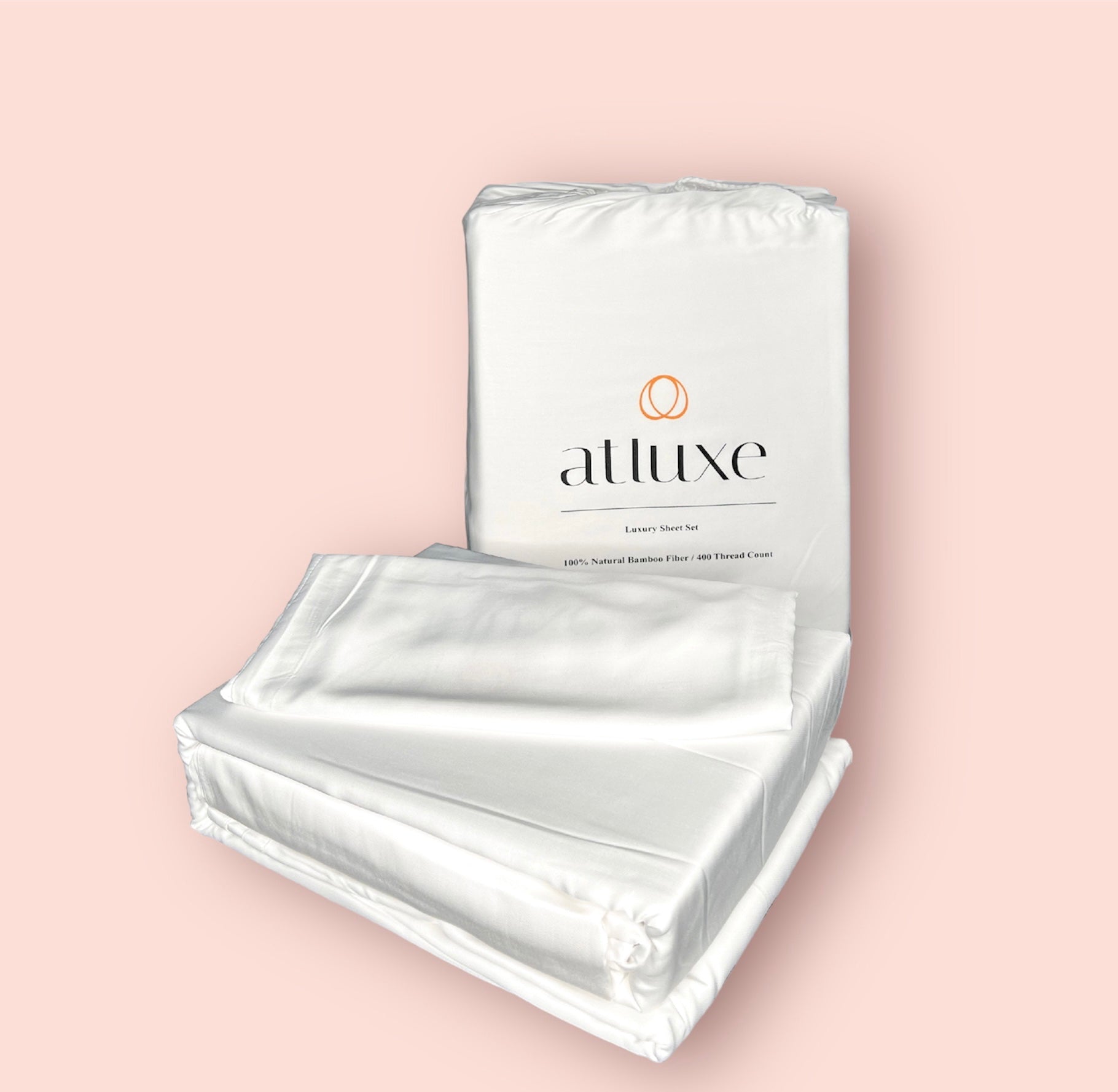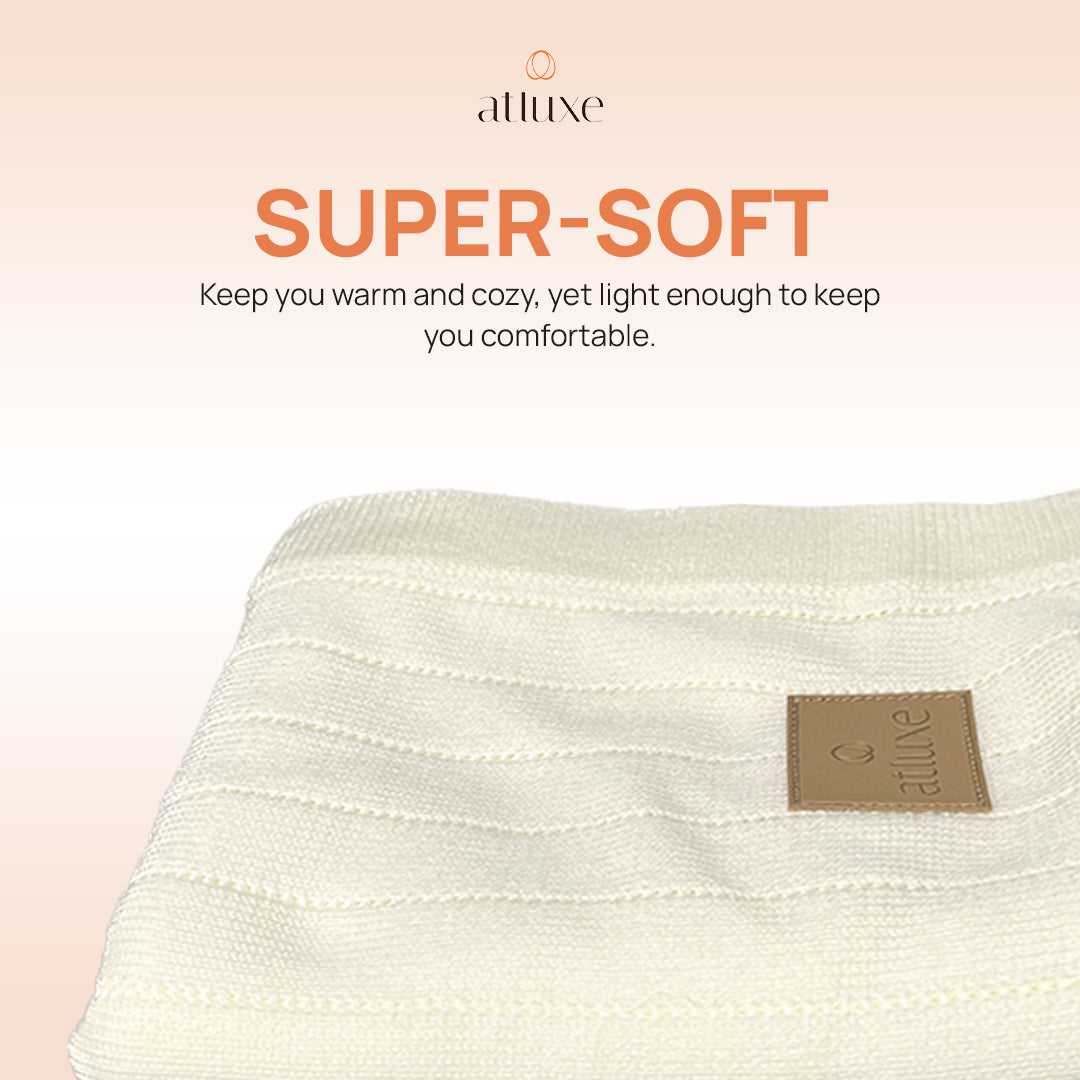In a world increasingly conscious of sustainability, the revolution of biodegradable bedding is reshaping the sleep industry. More than just a trend, it represents a significant stride towards reducing environmental impact without sacrificing comfort or quality. Let’s delve into the innovative realm where eco-friendliness meets a good night’s sleep.
The Rise of Biodegradable Bedding
The rise of biodegradable bedding can be attributed to a growing demand for products that align with environmentally conscious values. Consumers are increasingly aware of the impact their choices have on the planet, prompting a shift towards sustainable alternatives. This shift is not merely a passing whim but a fundamental change in mindset towards a more sustainable lifestyle.
One of the main drivers behind the surge in biodegradable bedding is the awareness of the harmful effects of traditional bedding materials on the environment. Materials such as polyester and other synthetic fibers often used in bedding can take hundreds of years to decompose, contributing to pollution and landfill waste. In contrast, biodegradable bedding decomposes naturally, leaving behind minimal environmental footprint.
Moreover, the surge in innovation within the textile industry has paved the way for the development of biodegradable bedding that rivals traditional materials in terms of comfort and durability. Manufacturers have embraced advanced techniques and natural materials to create bedding that not only supports sustainable practices but also offers a luxurious sleeping experience.
The allure of biodegradable bedding lies not only in its environmental benefits but also in its hypoallergenic and breathable properties. Natural materials such as organic cotton, bamboo, and Tencel are not only gentle on the skin but also regulate temperature effectively, ensuring a comfortable and restful sleep. This combination of eco-friendliness and comfort has elevated biodegradable bedding to the forefront of the sleep industry.
As more consumers prioritize sustainability in their purchasing decisions, the demand for biodegradable bedding is expected to continue its upward trajectory. This shift towards eco-friendly options not only benefits the environment but also shapes the future landscape of the sleep industry, highlighting the importance of conscious consumer choices.
Environmental Benefits of Biodegradable Bedding
The environmental benefits of biodegradable bedding extend far beyond its decomposable nature. By opting for bedding made from natural materials that decompose easily, consumers contribute to reducing landfill waste and lessening the burden on the environment. This eco-friendly choice helps conserve natural resources and minimizes the carbon footprint associated with traditional bedding production.
Biodegradable bedding also promotes sustainable farming practices as it encourages the cultivation of organic cotton, bamboo, and other renewable resources. These materials are grown without the use of harmful chemicals, pesticides, or genetically modified organisms, further reducing environmental impact and supporting biodiversity.
In addition to its eco-friendly production process, biodegradable bedding offers biodegradability at the end of its lifespan, completing the cycle of sustainability. Traditional bedding materials contribute to the accumulation of non-biodegradable waste, whereas biodegradable bedding returns to nature without leaving a lasting imprint on the environment.
The switch to biodegradable bedding represents a conscious choice towards a greener future, where everyday products are designed with the environment in mind. By embracing bedding that decomposes naturally, consumers not only invest in their own well-being but also contribute to a healthier planet for current and future generations.
Innovative Technology in Biodegradable Sleep Solutions
Innovative technology has played a pivotal role in the evolution of biodegradable sleep solutions, revolutionizing the way we approach sustainability in the bedding industry. From advanced manufacturing processes to material innovations, technology has enabled the creation of biodegradable bedding that meets the highest standards of quality and comfort.
The integration of cutting-edge technologies such as 3D knitting, natural dyeing techniques, and eco-friendly finishing processes has elevated biodegradable bedding to new heights of sophistication. These advancements not only enhance the durability and longevity of the bedding but also ensure that the production process itself is in harmony with the environment.
One of the key technological advancements in biodegradable sleep solutions is the development of smart fabrics that adapt to individual sleep patterns and preferences. These intelligent fabrics regulate temperature, moisture, and airflow, providing a personalized sleep experience that promotes comfort and relaxation.
Furthermore, the use of renewable energy sources and sustainable practices in the manufacturing of biodegradable bedding underscores the industry’s commitment to reducing its carbon footprint. By harnessing technology to optimize efficiency and minimize waste, manufacturers are setting a new standard for sustainable production in the sleep sector.
As consumers become increasingly discerning about the environmental impact of their purchases, the integration of innovative technology in biodegradable sleep solutions will continue to drive progress towards a more sustainable future. By embracing technological advancements in bedding design, we pave the way for a greener, more restful tomorrow.
Embracing Sustainable Slumber
As we witness the continuous advancement of biodegradable bedding in the sleep industry, it becomes evident that the path to a greener future is intertwined with our most intimate daily routines. By choosing eco-friendly bedding options, we not only improve our own well-being but also contribute to a healthier planet for generations to come.









Leave a comment